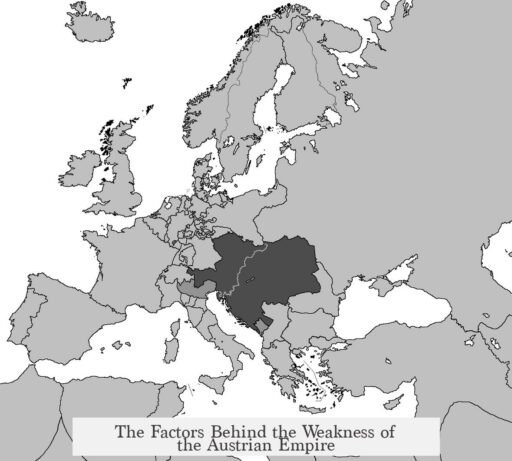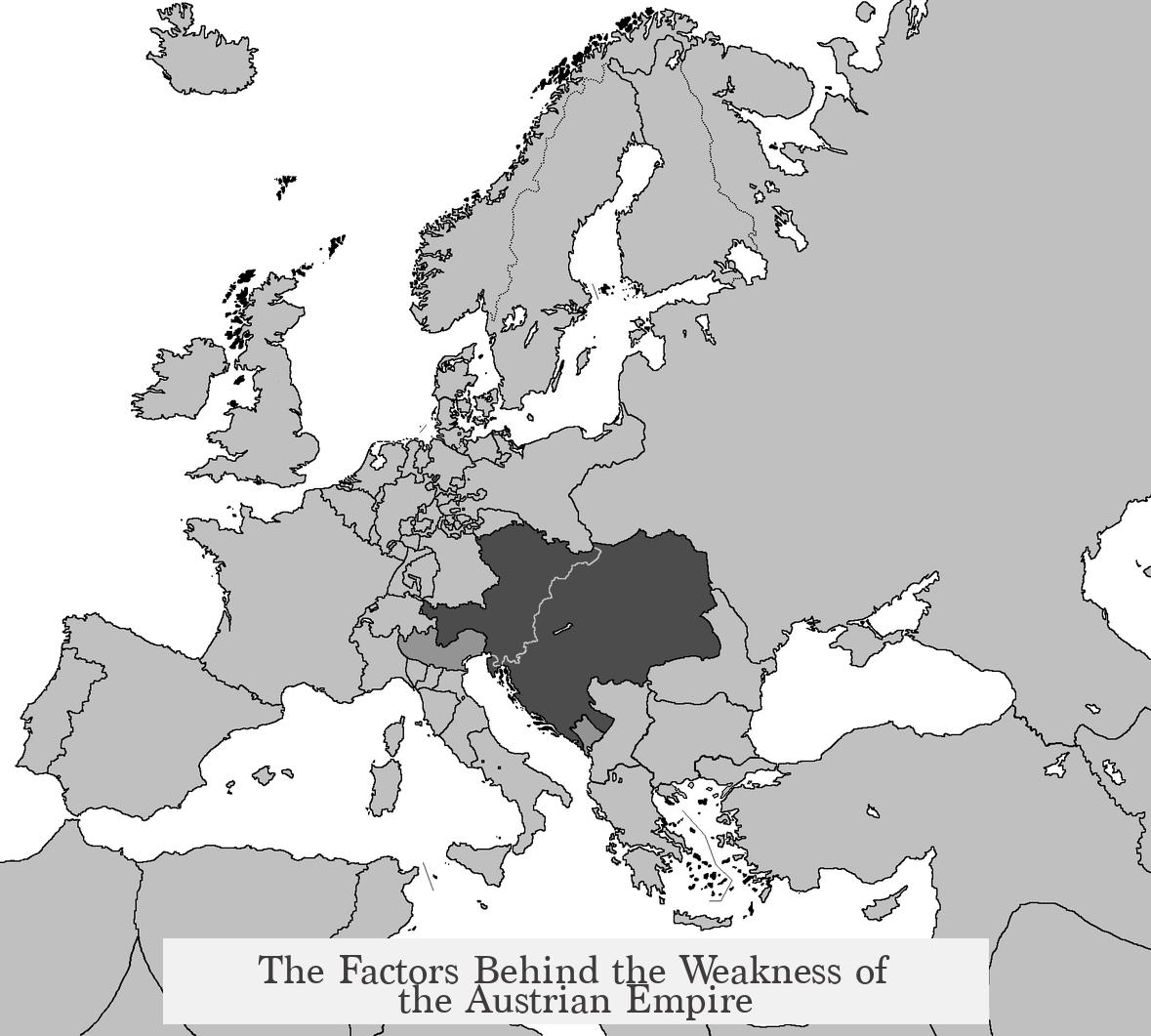The Austrian Empire’s perceived weakness stems from a combination of internal diversity, nationalist pressures, diplomatic isolation, and military challenges, rather than straightforward failure or incompetence.
The Austrian Empire managed to maintain its territory and influence in Europe for much of the 19th century. Between the Napoleonic Wars and 1914, it engaged in very few conflicts. Despite those it fought, Austria lost minimal territory, retaining control over a complex mosaic of ethnic groups. The empire effectively staved off major nationalist revolts, including a significant Hungarian uprising during 1848-49. This shows the empire was not as weak as commonly thought.
Yet, the empire’s strengths hid deep vulnerabilities. Its multi-ethnic makeup presented a constant difficulty. The empire included Germans, Hungarians, Czechs, Poles, Italians, Serbs, Croats, and others. Rising nationalist and liberal movements in the 19th century increasingly challenged imperial unity. The empire’s ambitions stretched into Italy, Germany, and the volatile Balkans—regions heated by ethnic and nationalist tensions. Managing this patchwork demanded impossible compromises.
- The 1848 revolts brought the empire close to collapse. The Hungarian revolution almost tore the empire apart. The Austrian military needed Russian intervention to suppress the uprising, highlighting Vienna’s reliance on foreign powers for survival.
- The 1867 Ausgleich established the Dual Monarchy of Austria-Hungary. This agreement granted Hungary significant self-rule but also decentralized authority further, complicating governance and weakening centralized control.
- In the Balkans, the 1908 annexation of Bosnia-Herzegovina inflamed Serbian nationalism. This act frustrated Serbia’s desire for a “Greater Serbia,” escalating tensions that contributed to later conflicts.
Diplomatic isolation added to the empire’s struggles. During the Crimean War (1853–56), Austria initially remained neutral but later opposed Russia. This move failed to gain Austria influence in the Danube region or with other powers. Instead, Austria found itself isolated by European powers. This lack of allies cost Austria dearly later:
- No support arrived during Italian unification wars, leading to loss of Italian territories.
- Austria faced Prussia alone in the 1866 Austro-Prussian War, suffering defeat and losing dominance in Germany.
The empire’s military had limitations tied directly to its diversity. Mobilizing troops was slow because soldiers came from scattered ethnic regions. Reserve troops were stationed far apart to prevent rebellions among ethnic groups—a practical but strategically costly choice. It took Austria eight weeks to mobilize in 1866, double the Prussian pace. Communication challenges worsened by multiple languages made coordination difficult between units.
World War I revealed additional leadership and strategic weaknesses. The chief of the army, Conrad von Hötzendorf, struggled with planning. The empire’s military faced difficulties fighting on multiple fronts, and internal communication problems persisted. Despite these issues, Austria-Hungary was not simply weak but overwhelmed by complex challenges few empires faced simultaneously.
| Factor | Impact on Austrian Empire |
|---|---|
| Multi-ethnic diversity | Complicated governance; fueled nationalism and separatism |
| 1848 revolts | Severe strain on empire; dependence on Russia |
| Diplomatic isolation | Loss of allies and territories in Italy and Germany |
| Military mobilization | Slow response times; communication issues |
| Internal political reforms (Ausgleich) | Decentralization; increased internal division |
- The Austrian Empire sustained its territory for decades despite nationalist pressures.
- Internal divisions from ethnic diversity and nationalism weakened centralized power.
- Diplomatic missteps led to isolation and loss of influence in Italy and Germany.
- Military inefficiencies arose from ethnic fragmentation and leadership issues.
- World War I compounded existing strains, exposing the fragile nature of the empire.
Why Was the Austrian Empire So Weak? Unpacking the Myths and Realities
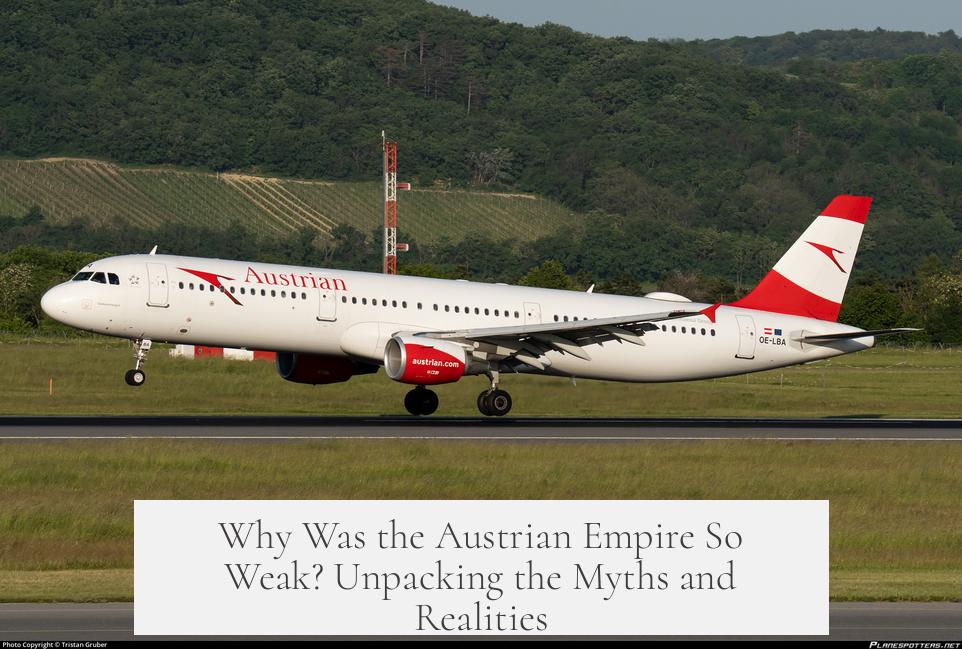
If you think the Austrian Empire was some flabby giant easily toppled by its neighbors, let’s pump some iron into that misconception. The Austrian Empire wasn’t as weak as many believe. It managed to maintain much of its territory, controlled major European continental affairs, and generally avoided major wars between the Napoleonic era and World War I. But why, then, is the empire often branded as frail, shaky, or simply doomed to fail? Let’s dive deep.
First, you gotta understand the empire’s unique makeup: a patchwork quilt of ethnicities, languages, and ambitions. This diversity is both the empire’s strength and its Achilles’ heel.
Holding the Line: Territorial Strength and Political Control
The empire fought only one substantial war from the end of the Napoleonic Wars until 1914. Sounds like a nation skipping leg day? Not really. This low-war frequency actually helped Austria keep most of its lands intact. Sure, defeats to Prussia and Italy happened, but in the grand scheme of 19th-century Europe, such losses were not catastrophic.
More impressively, Austria faced serious nationalist uprisings, like the Hungarian revolution of 1848, and still managed to keep control, even if barely. This was no small feat. The empire’s ability to survive decades where nationalist agitators were growing louder is often overlooked.
The Many Faces of the Empire: Internal Divisions and Nationalism
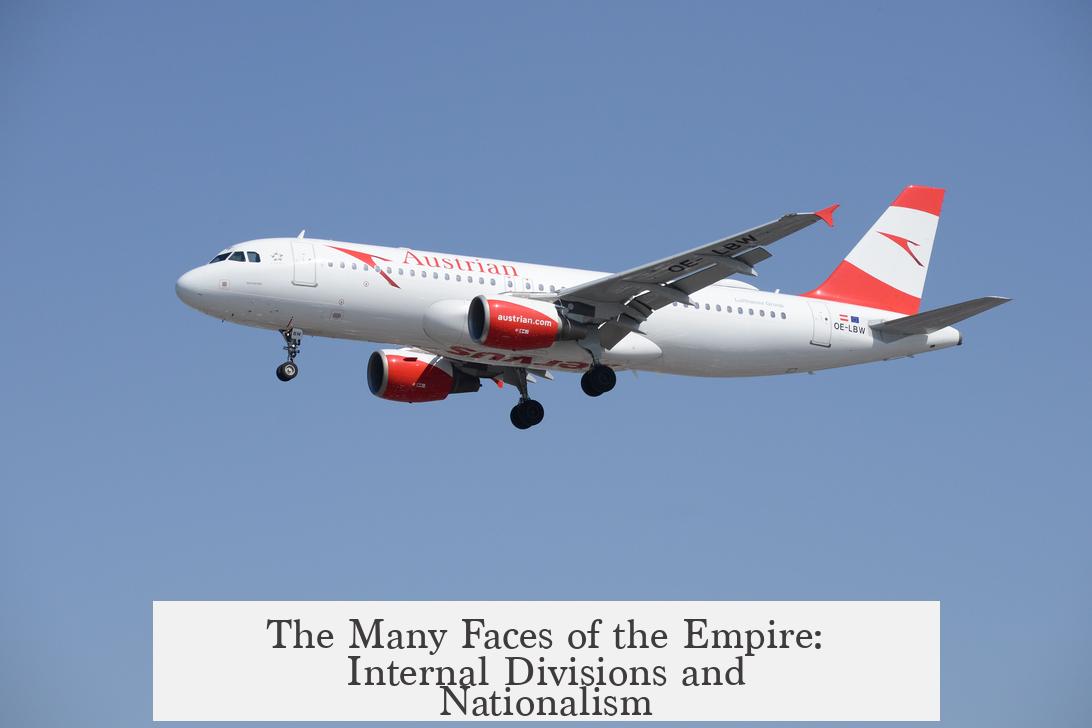
Yet, the empire’s multi-ethnic nature was a ticking time bomb. Imagine trying to herd cats that all speak different languages and want their own fences. The Austrian Empire was home to Germans, Hungarians, Czechs, Slovaks, Italians, Serbs, and many more—in fact, this diverse makeup complicated governance and military coordination.
The revolts of 1848 illustrate this perfectly. The Hungarian uprising nearly tore the empire apart. It required intervention from Tsar Nicholas I of Russia to help quell the rebellion, dragging Austria into a complicated web of dependence on outside powers. The empire’s classical “one empire, one ruler” idea was significantly challenged.
Then came 1867’s Ausgleich—or Compromise—that created Austria-Hungary. Instead of unifying, this move decentralized authority even more, making the empire a double monarchy with two semi-autonomous halves. If you thought managing one empire was tough, try dividing it in two and expect smooth sailing.
Nationalism Gone Wild: The Balkan Problem and Serbian Nationalism
Let’s talk about the Balkans. Austria held ambitions in Italy, Germany, and especially the Balkans—a hotbed for rising nationalism. The annexation of Bosnia-Herzegovina in 1908 was a major irritant for Serbian nationalists dreaming of a “Greater Serbian state.” This move backfired spectacularly by intensifying nationalist sentiments, which played a part in the powder keg that was World War I.
Imagine throwing a party and inviting everyone’s ex—awkward, right? That’s a bit like Austria’s relations with the Slavic populations in the southeast.
Diplomatic Isolation: When Allies Turn Their Backs
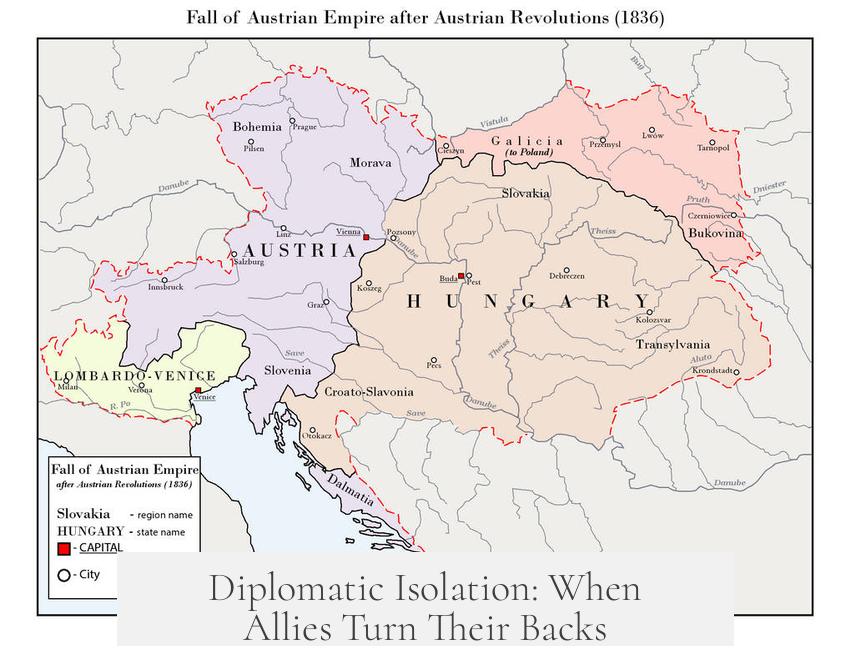
If internal chaos wasn’t enough, Austria also struggled on the diplomatic front. During the Crimean War (1853-56), Austria tried to sit on the fence. But when it was clear Russia would lose, Austria turned on its former ally to gain territory and influence. Spoiler alert: that gamble did not pay off.
Instead of rewards, Austria found itself diplomatically isolated. This lack of support during the Italian wars of unification and the Austro-Prussian War of 1866 culminated in losing significant influence in Germany and Italy. Isolation was as damaging as any battlefield defeat.
Military Weaknesses: More Than Just Brawn
Physically, the Austrian army was no slouch in numbers. Strategically, though, it lagged behind. Mobilization was slow—taking eight weeks compared to Prussia’s four. Why? Because the empire intentionally dispersed its reserve troops to avoid concentrated ethnic groups potentially revolting. Clever politically, disastrous militarily.
To add fuel to the fire, multiple languages in the army hindered communication. Imagine trying to get a coordinated attack when your orders require impromptu translation. A logistical nightmare, plain and simple.
World War I: Not Exactly a Walk in the Park
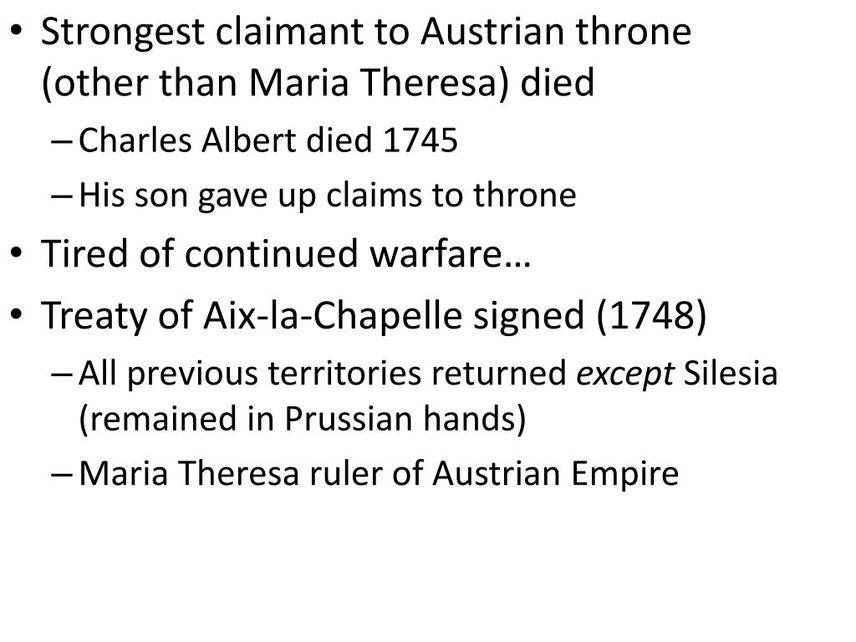
The final chapter seals the empire’s fate. World War I was a brutal proving ground. The Austrian army’s leadership, particularly Chief Conrad Von Hötzendorf, was often criticized for poor strategy and communication problems. Fighting on multiple fronts stretched resources thin. Despite all this, it’s simplistic to dismiss the empire’s military as outright weak. It was just overwhelmed.
So, What Can We Learn?
The Austrian Empire wasn’t weak because it was lazy or incompetent. Instead, an empire built on a shaky foundation of ethnic diversity, facing rising tides of nationalism, diplomatic failures, and military challenges was always on thin ice. It was a heavyweight with fragile bones.
The empire’s survival over a century despite these pressures is astounding. Its decline was less a fall from grace and more a long, complicated wobble. Nothing crumbles overnight—especially when you’re holding together so many pieces.
Think about modern countries juggling multiple ethnic groups and political ambitions. The Austrian Empire’s story is a rich lesson on the challenges of diversity, diplomacy, and military readiness.
So next time you hear someone call the Austrian Empire “weak,” maybe ask, “Compared to what exactly?”
